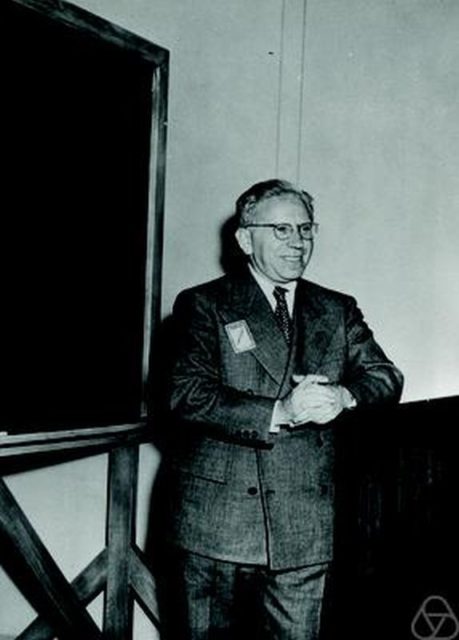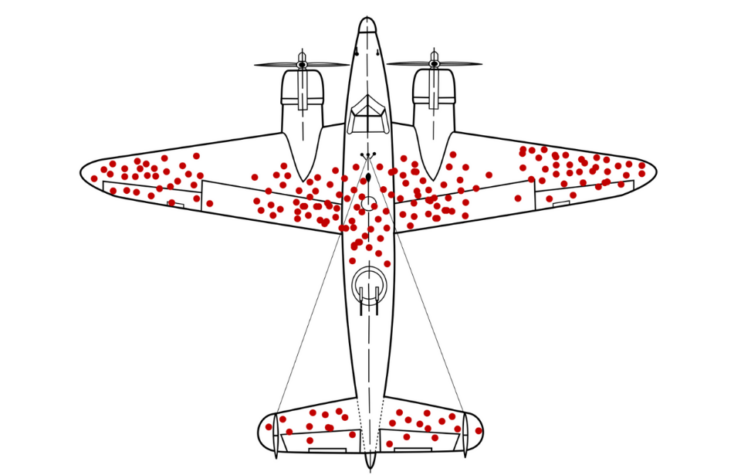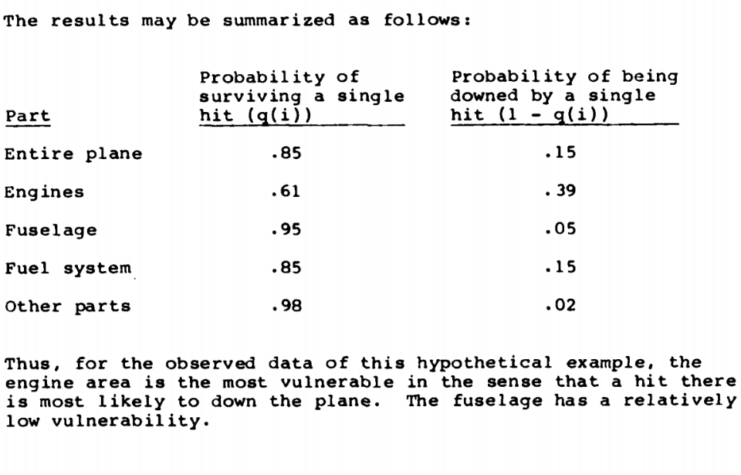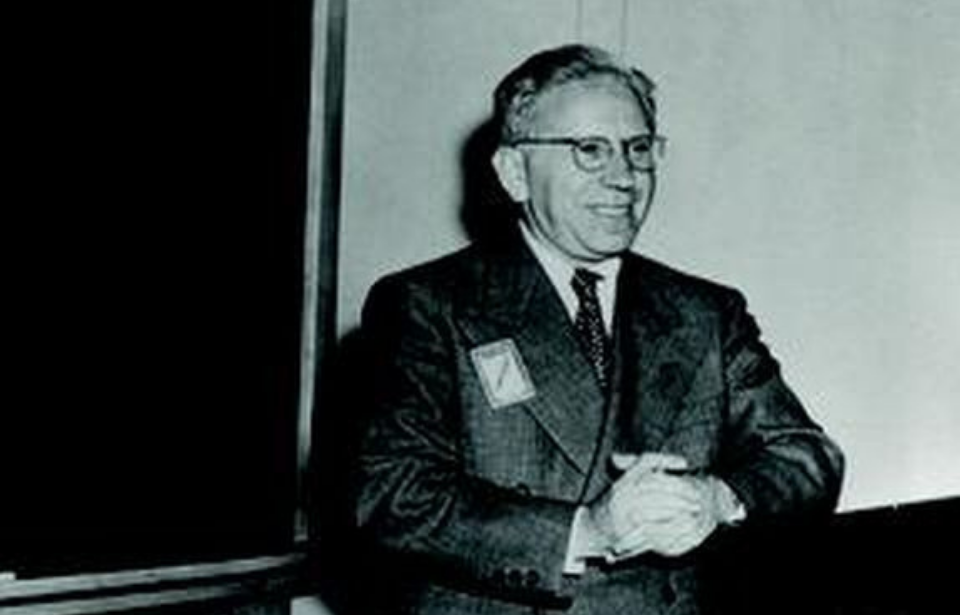Abraham Wald was a Hungarian mathematician who made significant contributions to the field of statistical analysis in the first half of the 20th century. One of his most notable successes was his work on survivorship bias, which helped improve bomber aircraft protection during WWII, saving countless lives and many more in the conflicts since.
Abraham Wald
Wald was born in 1902 in Kolozsvár, Transylvania, in the Kingdom of Hungary to a Jewish family, who home-schooled him until college. He graduated in mathematics from King Ferdinand I University in 1928, and graduated from the University of Vienna with a Ph.D. in mathematics in 1931.

Wald’s mathematical capabilities were world-class, and he particularly excelled at turning abstract ideas into solid statistics.
Austria was not a good place to be for a foreigner in the 1930s, as the country was in economic and political turmoil. Despite his credentials, Wald struggled to find work in this environment, partly because he was foreign, and partly because he was Jewish.
Luckily for Wald, he was given a job by economist Oskar Morgenstern at the Austrian Institute for Economic Research. While he was here, he was invited to work at the Cowles Commission for Research in Economics in Colorado in the United States. At first, he wasn’t sure whether he should accept the invitation, but with the annexation of Austria into Nazi Germany in 1938, Wald quickly made up his mind to head for the U.S.
He had only been in Colorado for a few months when he received yet another offer, this time for a professorship of statistics at Columbia University in New York. He accepted the offer, moved to New York City, and became part of the Statistical Research Group (SRG) at the university.
The SRG was a group of incredibly intelligent experts in statistics that was assembled to solve military-related problems during WWII. W. Allen Wallis, the SRG’s director, said the group was “the most extraordinary group of statisticians ever organized, taking into account both number and quality.”
The group was hugely respected, and the results of its work were taken seriously by the military, who loaded aircraft’s ammunition in an order recommended by the SRG, for example. Naturally, all of the group were exceptionally bright, but none more so than Wald, with his brain fine-tuned for the abstract.
Wald’s particular abilities would soon come in handy.
Survivorship bias
With the war claiming many U.S. aircraft, the military wanted to increase the armor protection of their bombers to increase their survivability, but they were unsure of the best places to put this armor and were frankly unqualified to find out themselves.

The group was given the task of analyzing the damage received by Allied aircraft from enemy fire, and recommending the best way to increase their chances of survival. It was here that Wald made massive bounds in “survivorship bias.”
When bombers returned from missions, they’d often come home covered with bullet holes. However, these bullet holes were not evenly distributed around the aircraft, but were actually concentrated on the wings and fuselage, almost twice as much as places like the engines.
Why were bullets concentrating on the fuselage and wings? Were German pilots trained to aim there? Were they firing futuristic homing bullets? Military officers came to the seemingly obvious conclusion that the armor should be added in these areas, as after all, they were taking the most fire, right?
Not quite. Wald quickly realized what was happening, and the solution was simple.
Bullets holes weren’t found on areas like the engines because aircraft that had been shot here didn’t come home! Wald believed bullets were actually hitting the aircraft equally all over, but because the ones hit in the most vulnerable areas didn’t come home, the data incorrectly suggested that these areas weren’t being hit at all.

The only aircraft that could be examined were those that came home — the survivors. The aircraft that were being brought down weren’t available for inspection, thus creating the survivorship bias.
The massive amount of damage on bombers’ fuselages and wings was actually evidence that these areas did not need reinforcing, as they were clearly able to take a large amount of punishment. Therefore, as Wald concluded, the armor should be placed on the areas that seemingly received the least damage.
More from us: What Did WWII Combatants Think Of Each Other’s Aircraft?
The military listened to Abraham Wald’s advice and began increasing the armor protection over these more vulnerable areas. Statistics on how many lives this saved during the war or since then are unavailable, but there are likely many people around today that wouldn’t be if Wald hadn’t made his contributions to the survivorship bias.
